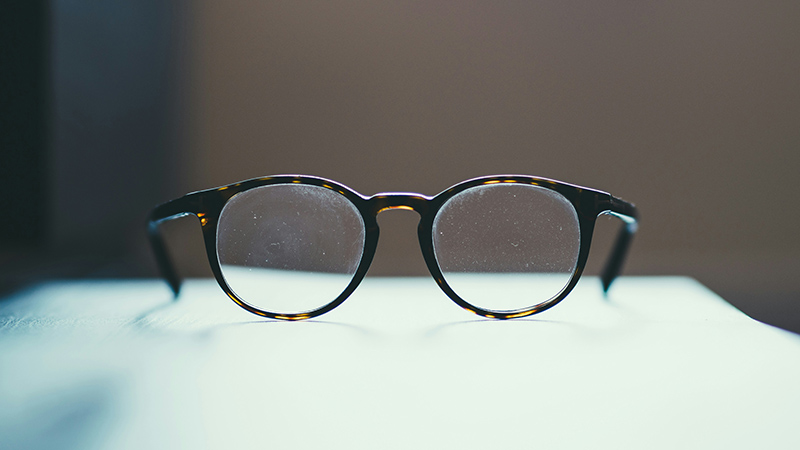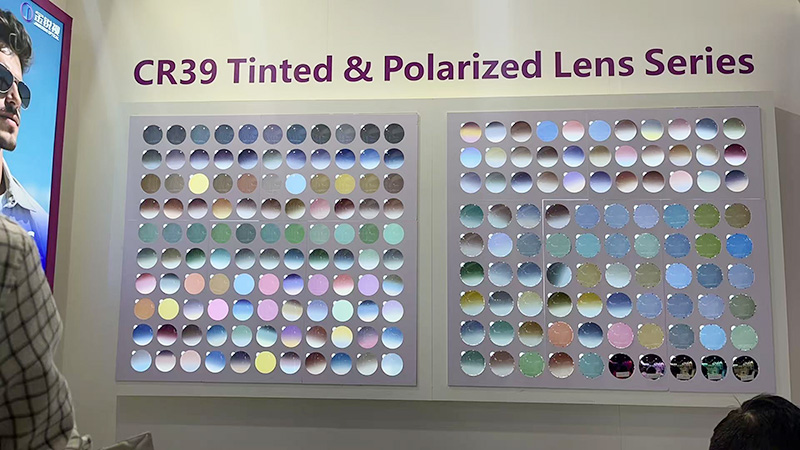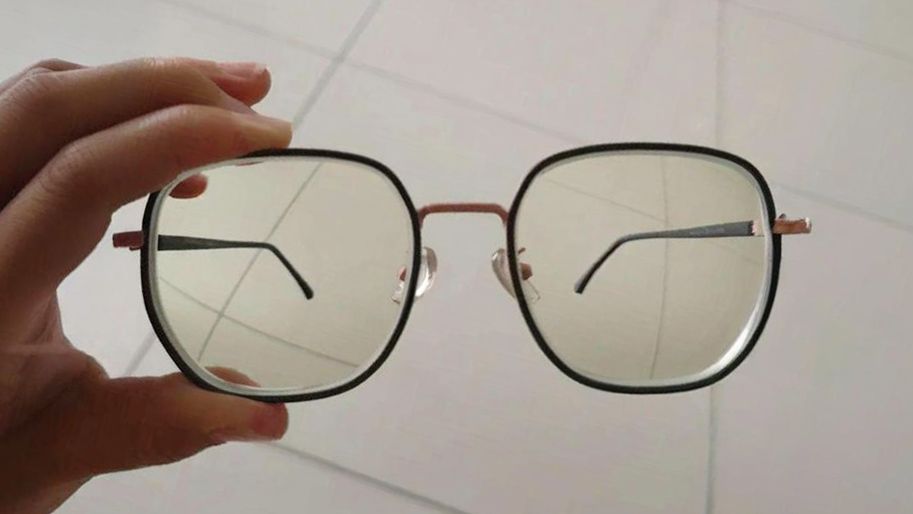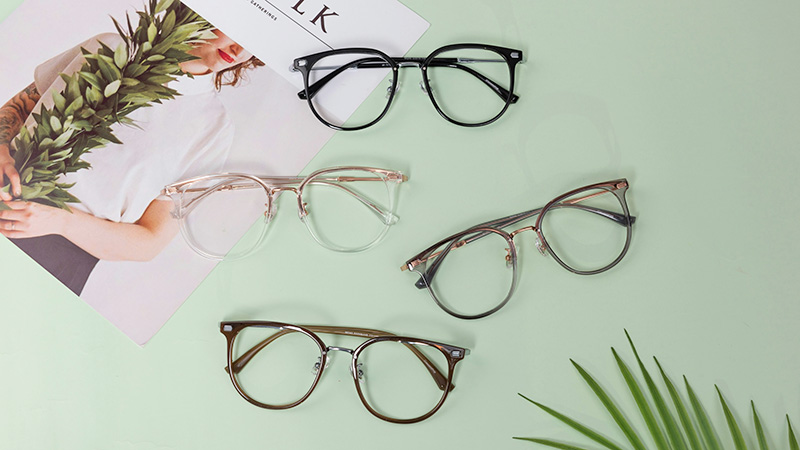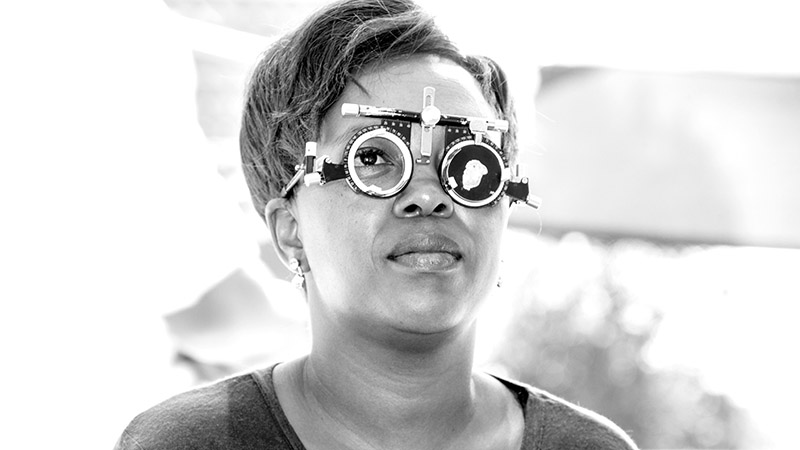Getting the Right Fit: A Guide to Your Next Pair of Glasses
Have you ever been in this situation? After completing your eye exam and picking up an eyeglasses frame, you think everything is done, only to be confused when it comes to choosing your lenses. The seller offers you a whole bunch of choices: this one is spherical, that one is aspherical, and there are also progressive, blue light blocking, and anti-fatigue ones... Which one should you choose? Suddenly, you're overwhelmed! They're all optical lenses, so why is there such a big difference? Is the seller trying to trick you, or is there really so much knowledge behind them?
The truth is, there's indeed a lot to know about lenses. Choose the right ones will make your glasses comfortable and your vision clear. Choose the wrong ones, and you'll not only waste money but potentially compromise your visual quality.

Today, let's take a look at the most common optical lenses on the market.
1. Single Vision Lenses
Single vision lenses have the same refractive power across the entire lens, which is aligned with your pupil during the glasses manufacturing process.
Single vision lenses are generally categorized as spherical, aspherical, double aspherical, and free-form surface lenses.
Free-form surface lenses are currently the most effective in reducing aberrations and visual distortion, but they are also slightly more expensive than other lenses. When selecting lenses, consider your prescription and the degree of your astigmatism.
Notes:
Single vision lenses are suitable for people with relatively straightforward vision correction needs. For people who are beginning to experience presbyopia, these single vision lenses cannot meet their visual needs for different distance.
2. Functional lenses
When single vision lenses are not enough for daily use, it is time to choose functional lenses.
There are many types of functional lenses, including: soothing lenses, bifocal lenses, progressive multifocal lenses, myopia control lenses (primarily various types of micro-structured lenses), and so on.

Progressive multifocal lenses are a good example of eyeglasses that can meet the all-day vision needs of people with presbyopia. For example, a teacher needs to interact with students (distance vision), look at lesson plans (near vision), and write on the blackboard (intermediate vision) while teaching. Similarly, in a department meeting, someone might need to view a large screen, check a computer screen, and observe the expressions of attendees. Progressive multifocal glasses are very helpful in these situations.
A pair of progressive eyeglasses can solve the problem of clear vision at varying distances, and there is no difference from single vision lenses visually. But it is not as simple as single vision lenses in terms of optometry, lens selection, and processing.
The following are the steps for fitting progressive lenses:
① Accurately measure the distance prescription.
② Measure the near prescription.
The near prescription should be determined based on multiple tests, including age, habitual intermediate and near working distance, eye position, accommodative response, and positive /negative/relative accommodation. Then, choose a suitable corridor length (i.e., the length of the transition zone between the distance and near vision areas on the lens) to meet the needs of daily work.
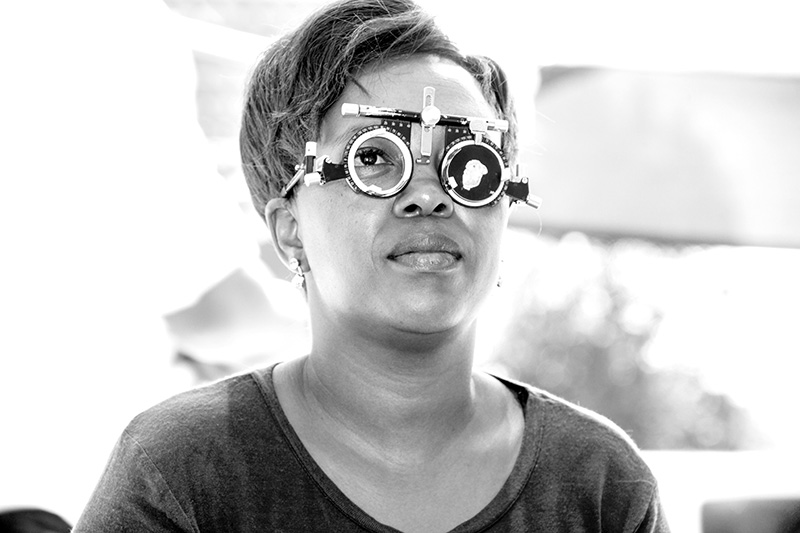
③ Personalized frame adjustment
Adjust the frame according to individual features such as nose bridge height, ear height, etc., to make the glasses comfortable to wear.
④ Measurement of pupillary distance and height
Measure the monocular pupillary distance separately for distance and near vision. Measure the monocular pupillary height (the vertical height of the pupil in the frame) and mark it on the selected frame. This ensures that both the distance and near vision zones of progressive lenses align with the corresponding pupil areas, achieving better visual effects and reducing the impact of aberrations.
⑤ Measurement of Additional Parameters
Designing comfortable progressive lenses also requires measuring additional parameters: vertex distance (the distance between the front surface of the cornea and the back surface of a lens), frame face curvature, the forward tilt angle of the frame, frame shape and size, etc. By integrating these parameters along with the ratio of head and eye movements, selecting an appropriate lens that can minimize the effects of aberration zones on both sides of the lens, shorten the adaptation period, and enhance wearing comfort.
⑥ Eyeglass Processing
Eyeglass processing is not merely about grinding lenses and fitting them into frames. It is strictly regulated by national standards. For example, the lens power itself must meet national standards. During processing, the astigmatism axis, pupillary distance, and pupillary height of the lens must match the measured values. When the lenses are mounted on the frame, they will be subject to force, which should be neither too high nor too low. Proper processing is crucial to ensuring a good fit.
Therefore, when choosing lenses, it is not the case that the more expensive the lenses are, the better they are. You should take into account multiple factors such as diopter, eye parameters, and lens types. Avoid focusing solely on brand or price, and it is even more unacceptable to choose blindly or at random.
You should choose suitable frames and lenses based on the advice of eye care professionals (optometrists, opticians, or even frame adjustment specialists), and in combination with your visual needs.



